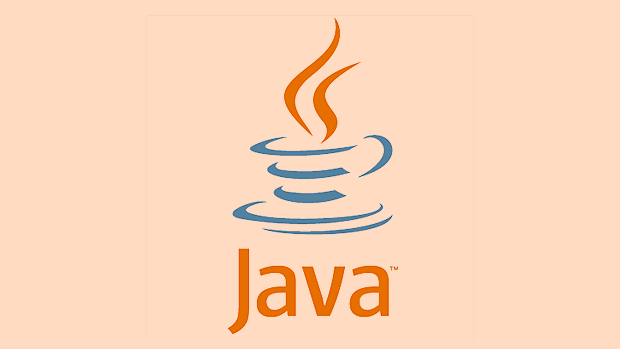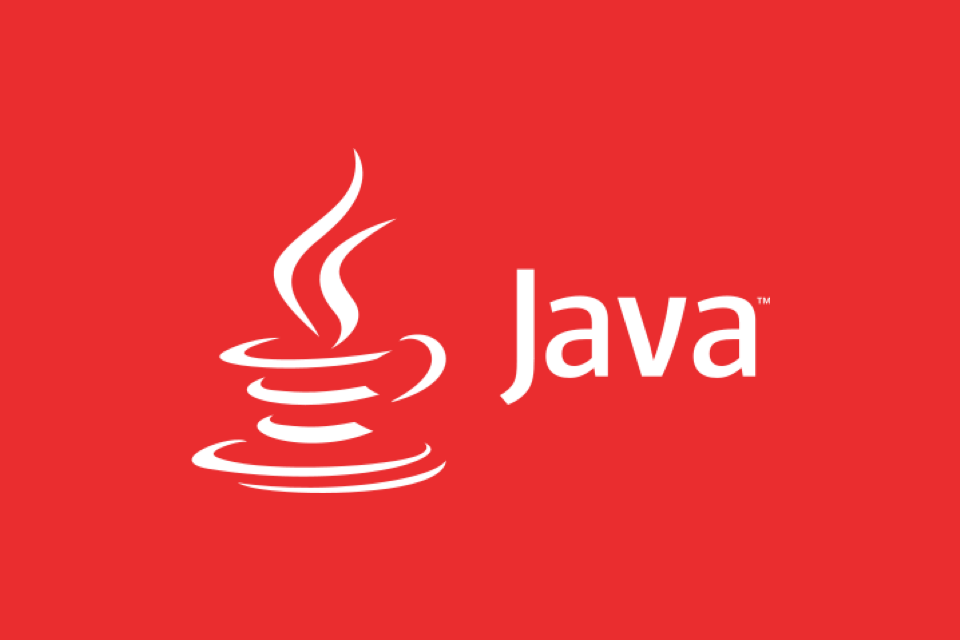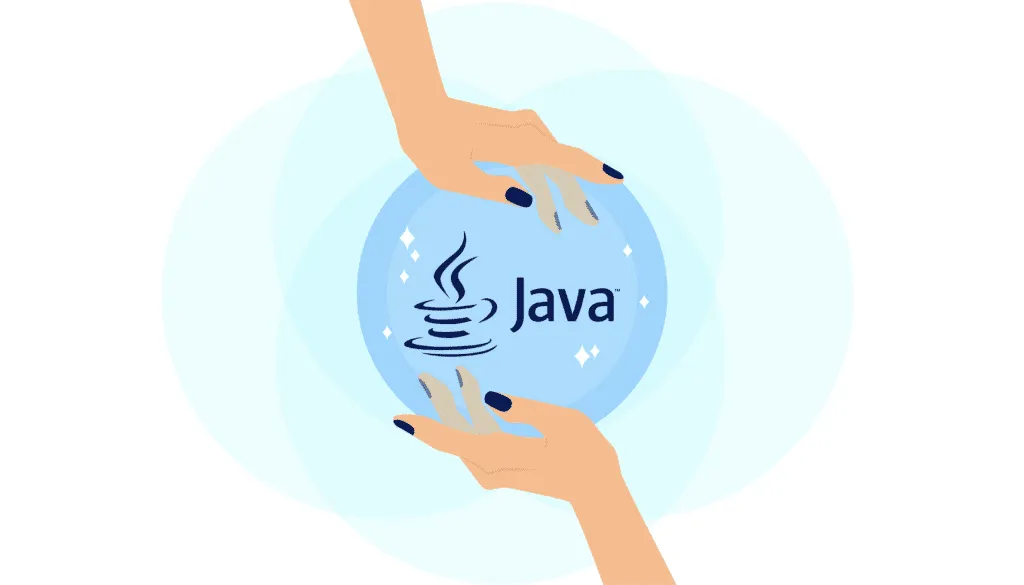The JVM architecture consists of three core cores: class loader, runtime data area and execution engine; the class loader is responsible for loading .class files, the runtime data area includes heap, stack, etc. for storing data, and the execution engine is responsible for interpreting or compiling bytecode; the heap stores object instances in the runtime data area, the method area saves class information, and stack management method calls; the class loading mechanism includes three stages: loading, linking, and initialization, and follows the parent delegation model to ensure security; mastering these basic structures helps troubleshoot problems and optimize performance.

The JVM architecture is actually not that mysterious, but understanding it is very helpful for writing Java programs well. Simply put, JVM is the core mechanism for running Java programs, which is responsible for loading classes, managing memory, executing code, etc. You don't need to be an expert, but mastering the basic structure and key modules can help you better troubleshoot problems and optimize performance.

Three core components of JVM
The JVM can be divided into three main parts: Class Loader, Runtime Data Area and Execution Engine. These three work together to complete the process from loading bytecode to executing code.

- Class loader : Responsible for loading the .class file into the JVM and generating the corresponding class structure.
- Runtime data area : includes method area, heap, stack, program counter, and local method stack, which is used to store various data during operation.
- Execution engine : interprets or compiles bytecode, and ultimately converts it into machine instructions for execution.
These parts collaborate with each other, forming the basis for Java's "write once, run everywhere".
Key details of runtime data area
This part is one of the most commonly mentioned content in the JVM, especially the heap and stack problems often appear in interviews and tuning. Let’s disassemble several key areas:

- Heap : All threads share and store object instances. GC mainly works here. If the heap is too small, it is easy to OOM; if it is too large, it may affect GC efficiency.
- Method Area : Save class information, constant pools, static variables, etc. After JDK8, it is replaced by metaspace.
- Virtual machine stack (Java Stack) : Each thread is private, saves local variables, operand stacks, etc., which are closely related to method calls.
- Program Counter (PC Register) : Records the bytecode position of the current thread execution, and is the smallest memory area.
For example, when you new an object, the object will be allocated on the heap; and the method of creating this object will have its own frame structure in the stack.
Basic process of class loading mechanism
The class loading process is divided into several stages: loading, linking (verification, preparation, parsing), and initialization. Understanding this process helps to understand when a class will be loaded, when static code blocks will be executed, etc.
- Loading : Find the .class file through the fully qualified name of the class, read and generate the Class object.
- Verification : Ensure bytecode security and prevent malicious code from corruption of JVM.
- Preparation : Allocate memory for class variables and set default initial values.
- Analysis : Convert symbolic references to direct references, such as converting method names in the class to memory addresses.
- Initialization : Execute the class constructor
<clinit></clinit>method, that is, the static code block and static variable assignment.
Class loading also involves a parent delegation model, that is, let the parent class loader try to load first, avoiding duplicate loading and security issues.
Basically that's it. Understanding the JVM architecture does not necessarily require remembering all the details, but knowing the role of each module and common problems will make you more comfortable in development and debugging.
The above is the detailed content of Understanding the Java Virtual Machine Architecture. For more information, please follow other related articles on the PHP Chinese website!

Hot AI Tools

Undress AI Tool
Undress images for free

Undresser.AI Undress
AI-powered app for creating realistic nude photos

AI Clothes Remover
Online AI tool for removing clothes from photos.

Clothoff.io
AI clothes remover

Video Face Swap
Swap faces in any video effortlessly with our completely free AI face swap tool!

Hot Article

Hot Tools

Notepad++7.3.1
Easy-to-use and free code editor

SublimeText3 Chinese version
Chinese version, very easy to use

Zend Studio 13.0.1
Powerful PHP integrated development environment

Dreamweaver CS6
Visual web development tools

SublimeText3 Mac version
God-level code editing software (SublimeText3)

Hot Topics
 Difference between HashMap and Hashtable?
Jun 24, 2025 pm 09:41 PM
Difference between HashMap and Hashtable?
Jun 24, 2025 pm 09:41 PM
The difference between HashMap and Hashtable is mainly reflected in thread safety, null value support and performance. 1. In terms of thread safety, Hashtable is thread-safe, and its methods are mostly synchronous methods, while HashMap does not perform synchronization processing, which is not thread-safe; 2. In terms of null value support, HashMap allows one null key and multiple null values, while Hashtable does not allow null keys or values, otherwise a NullPointerException will be thrown; 3. In terms of performance, HashMap is more efficient because there is no synchronization mechanism, and Hashtable has a low locking performance for each operation. It is recommended to use ConcurrentHashMap instead.
 What are static methods in interfaces?
Jun 24, 2025 pm 10:57 PM
What are static methods in interfaces?
Jun 24, 2025 pm 10:57 PM
StaticmethodsininterfaceswereintroducedinJava8toallowutilityfunctionswithintheinterfaceitself.BeforeJava8,suchfunctionsrequiredseparatehelperclasses,leadingtodisorganizedcode.Now,staticmethodsprovidethreekeybenefits:1)theyenableutilitymethodsdirectly
 How does JIT compiler optimize code?
Jun 24, 2025 pm 10:45 PM
How does JIT compiler optimize code?
Jun 24, 2025 pm 10:45 PM
The JIT compiler optimizes code through four methods: method inline, hot spot detection and compilation, type speculation and devirtualization, and redundant operation elimination. 1. Method inline reduces call overhead and inserts frequently called small methods directly into the call; 2. Hot spot detection and high-frequency code execution and centrally optimize it to save resources; 3. Type speculation collects runtime type information to achieve devirtualization calls, improving efficiency; 4. Redundant operations eliminate useless calculations and inspections based on operational data deletion, enhancing performance.
 What is an instance initializer block?
Jun 25, 2025 pm 12:21 PM
What is an instance initializer block?
Jun 25, 2025 pm 12:21 PM
Instance initialization blocks are used in Java to run initialization logic when creating objects, which are executed before the constructor. It is suitable for scenarios where multiple constructors share initialization code, complex field initialization, or anonymous class initialization scenarios. Unlike static initialization blocks, it is executed every time it is instantiated, while static initialization blocks only run once when the class is loaded.
 What is the Factory pattern?
Jun 24, 2025 pm 11:29 PM
What is the Factory pattern?
Jun 24, 2025 pm 11:29 PM
Factory mode is used to encapsulate object creation logic, making the code more flexible, easy to maintain, and loosely coupled. The core answer is: by centrally managing object creation logic, hiding implementation details, and supporting the creation of multiple related objects. The specific description is as follows: the factory mode handes object creation to a special factory class or method for processing, avoiding the use of newClass() directly; it is suitable for scenarios where multiple types of related objects are created, creation logic may change, and implementation details need to be hidden; for example, in the payment processor, Stripe, PayPal and other instances are created through factories; its implementation includes the object returned by the factory class based on input parameters, and all objects realize a common interface; common variants include simple factories, factory methods and abstract factories, which are suitable for different complexities.
 What is the `final` keyword for variables?
Jun 24, 2025 pm 07:29 PM
What is the `final` keyword for variables?
Jun 24, 2025 pm 07:29 PM
InJava,thefinalkeywordpreventsavariable’svaluefrombeingchangedafterassignment,butitsbehaviordiffersforprimitivesandobjectreferences.Forprimitivevariables,finalmakesthevalueconstant,asinfinalintMAX_SPEED=100;wherereassignmentcausesanerror.Forobjectref
 What is synchronization?
Jun 24, 2025 pm 08:21 PM
What is synchronization?
Jun 24, 2025 pm 08:21 PM
Synchronizationistheprocessofcoordinatingtwoormorethingstostayaligned,whetherdigitalorphysical.Intechnology,itensuresdataconsistencyacrossdevicesthroughcloudserviceslikeGoogleDriveandiCloud,keepingcontacts,calendarevents,andbookmarksupdated.Outsidete
 What is type casting?
Jun 24, 2025 pm 11:09 PM
What is type casting?
Jun 24, 2025 pm 11:09 PM
There are two types of conversion: implicit and explicit. 1. Implicit conversion occurs automatically, such as converting int to double; 2. Explicit conversion requires manual operation, such as using (int)myDouble. A case where type conversion is required includes processing user input, mathematical operations, or passing different types of values ??between functions. Issues that need to be noted are: turning floating-point numbers into integers will truncate the fractional part, turning large types into small types may lead to data loss, and some languages ??do not allow direct conversion of specific types. A proper understanding of language conversion rules helps avoid errors.






